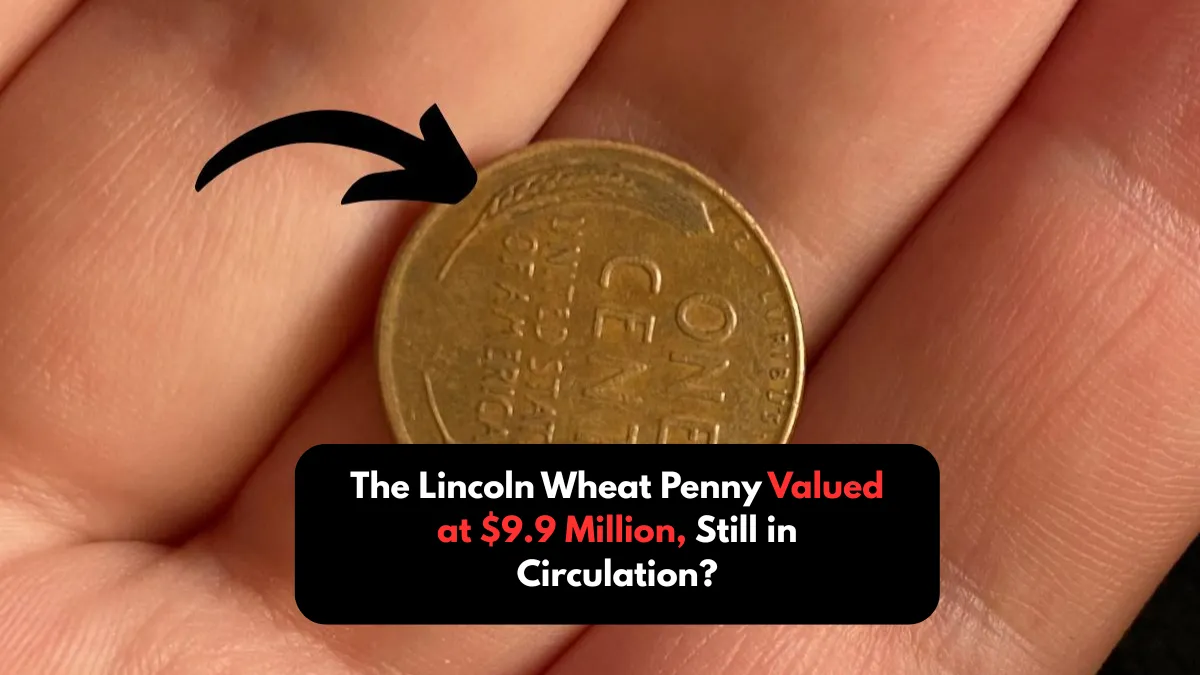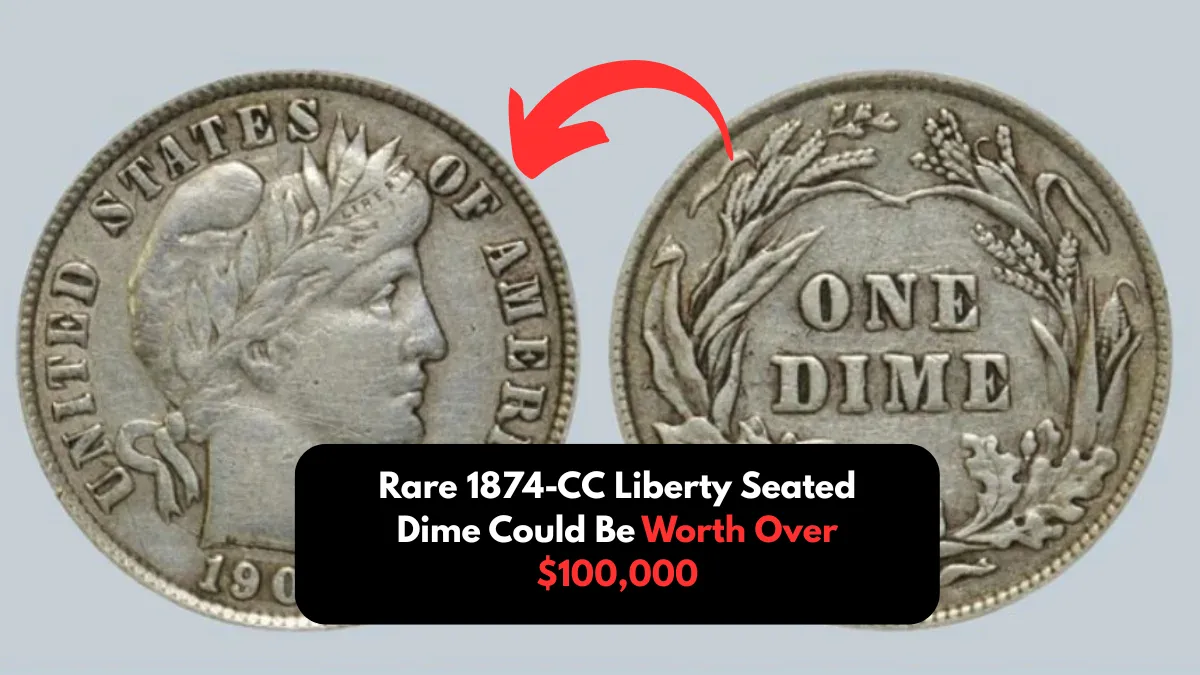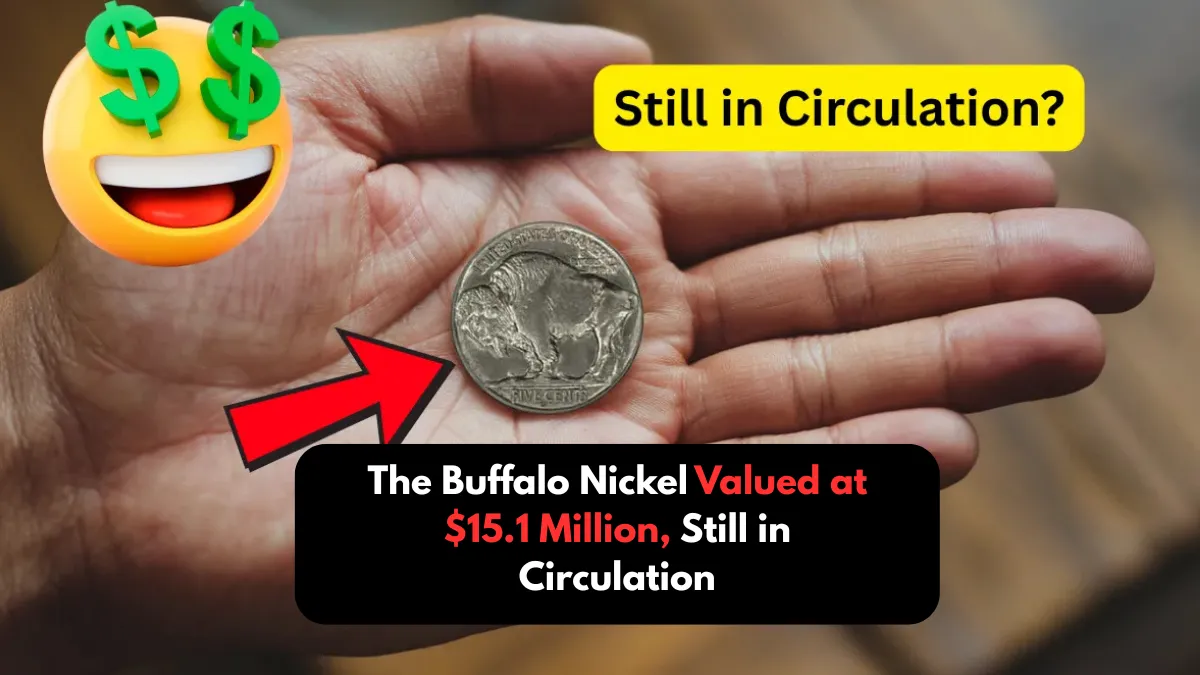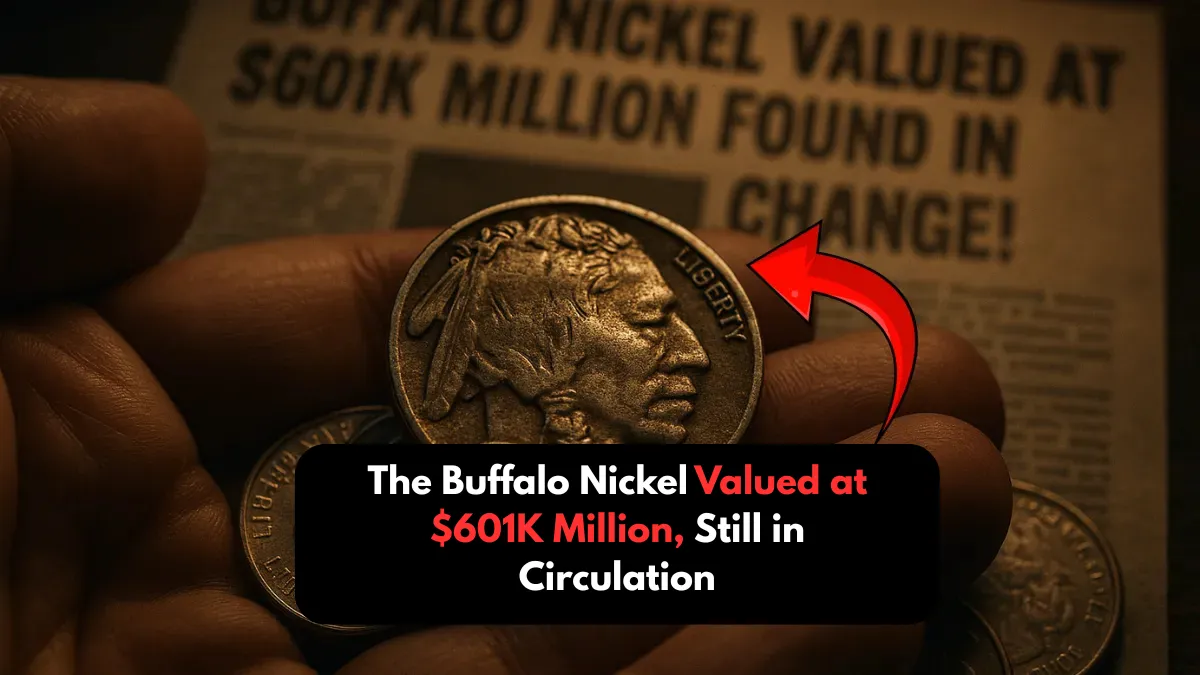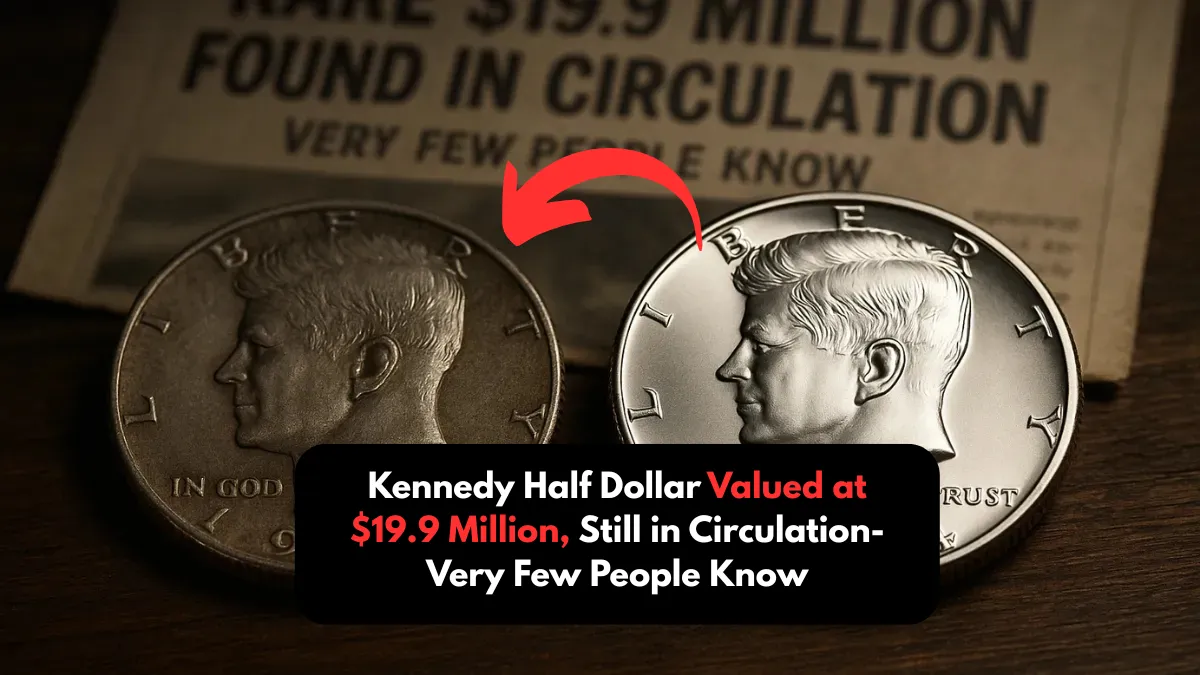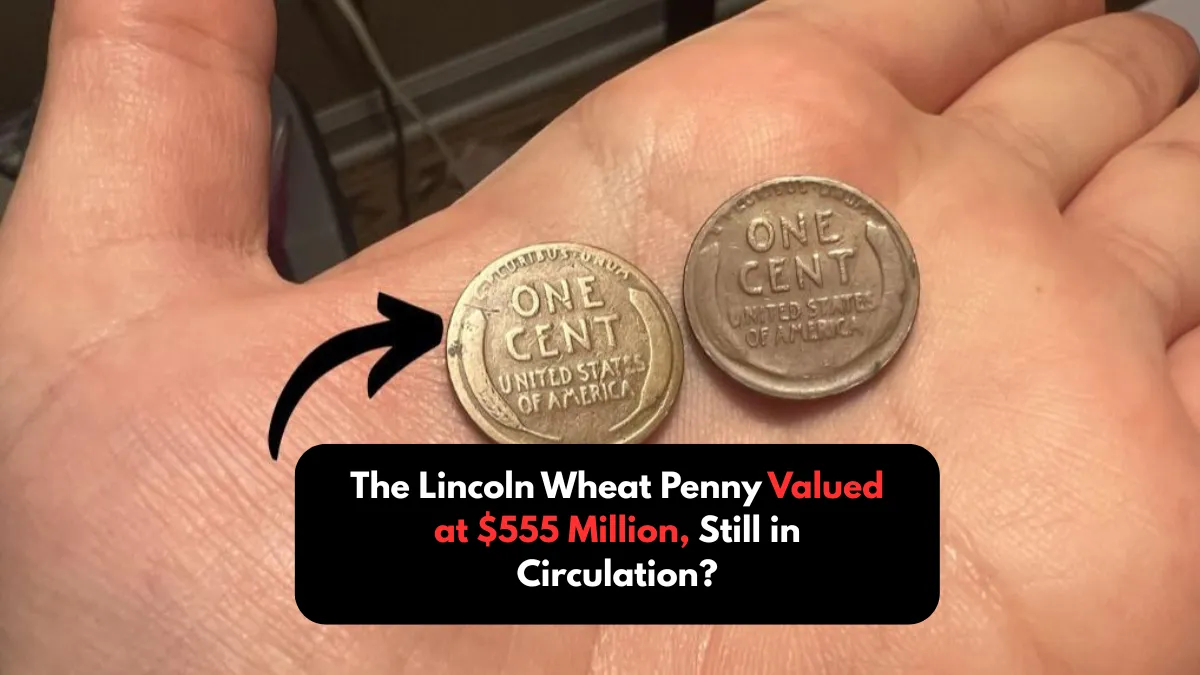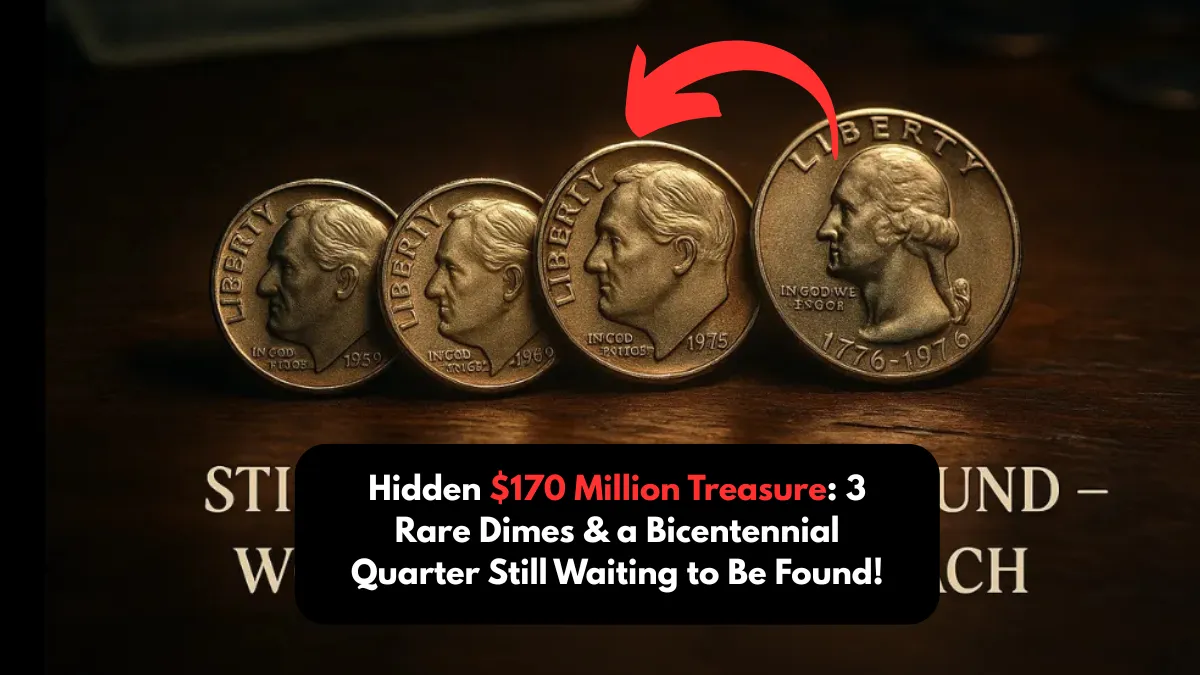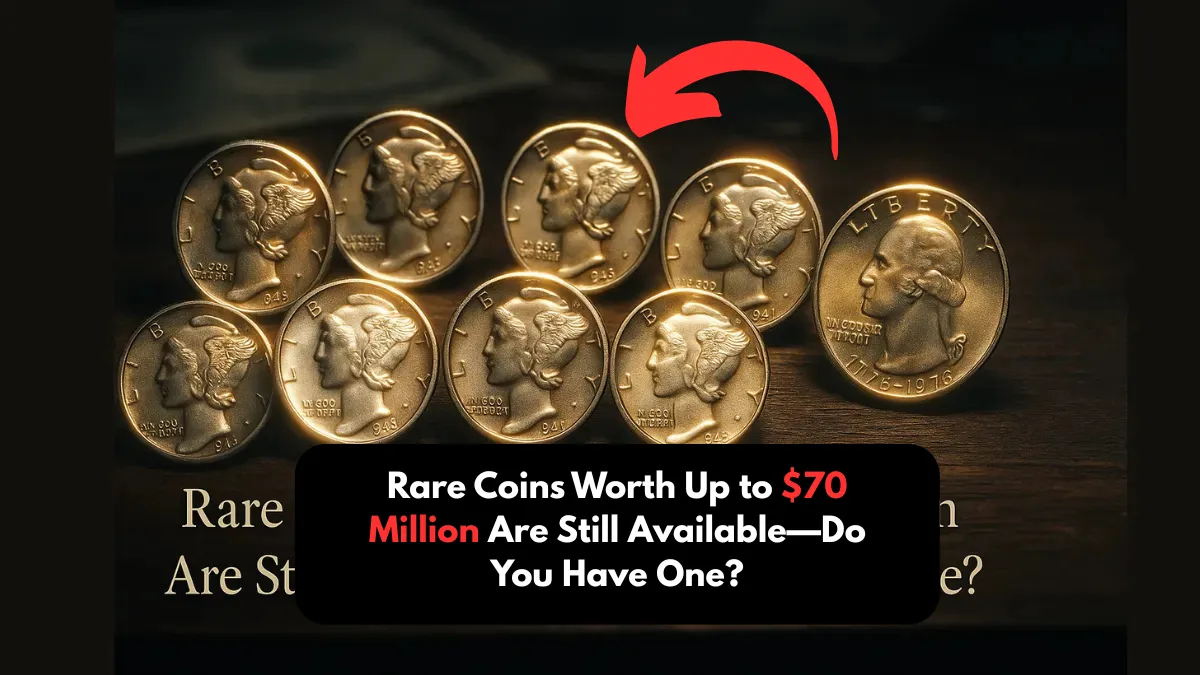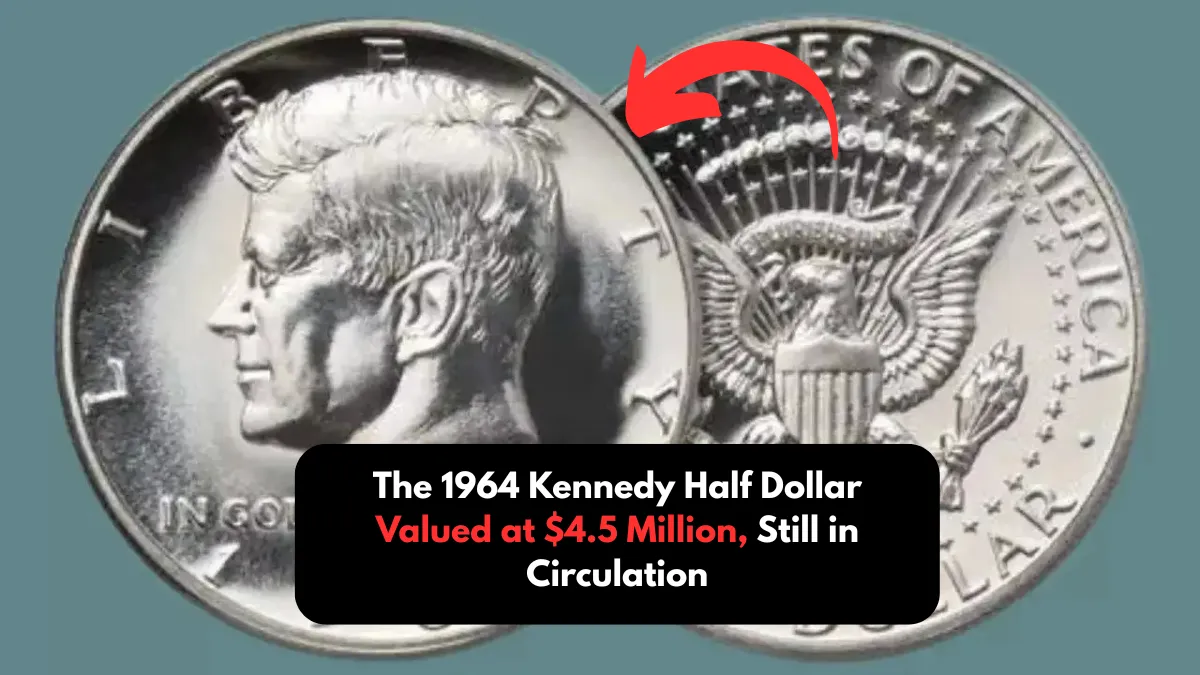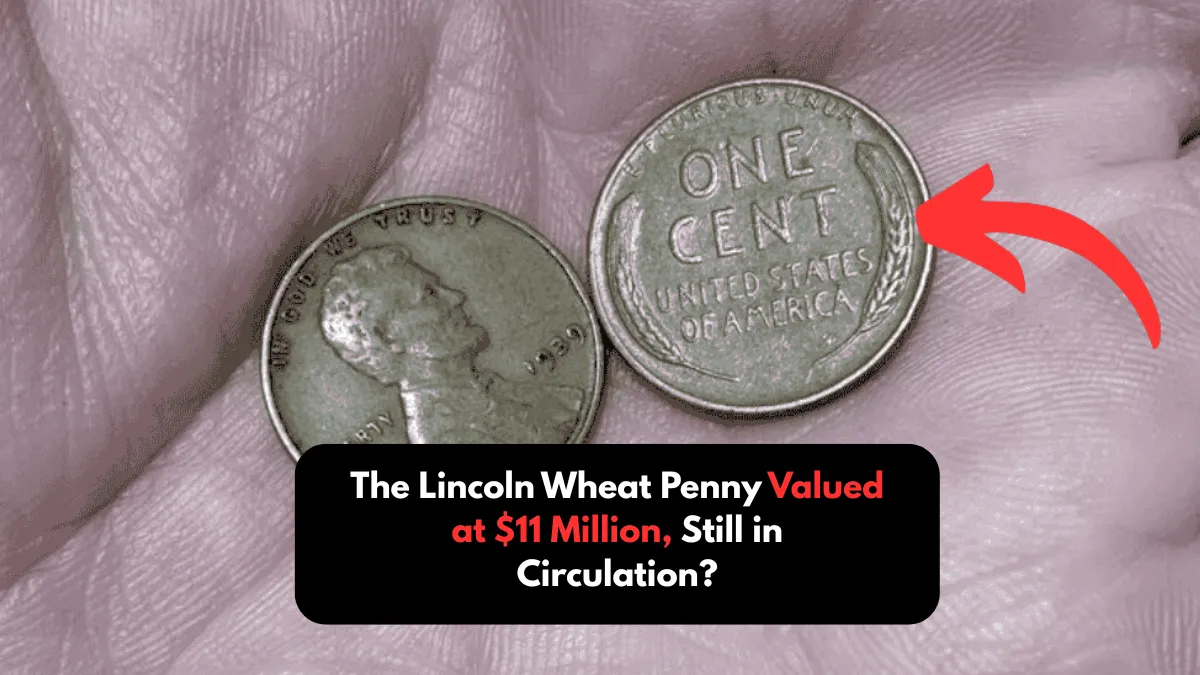The Lincoln Wheat Penny Valued at $9.9 Million, Still in Circulation?
When you think about pennies, you probably don’t imagine they could be worth much. Most of us toss them into jars, forget about them, or simply leave them lying around. But what if we told you that a Lincoln Wheat Penny could be worth $9.9 million? It’s true, and it’s a thought that has collectors … Read more

